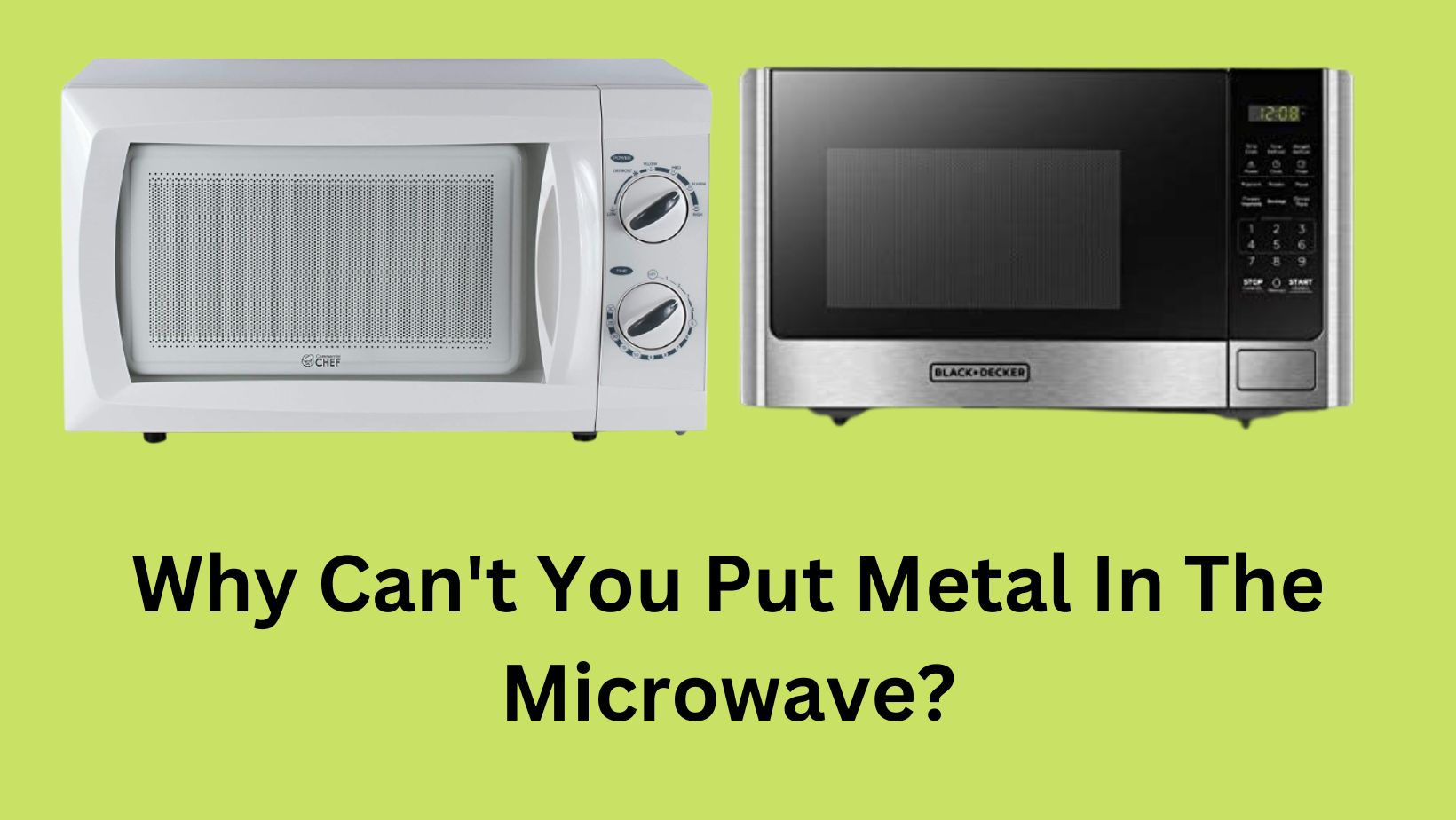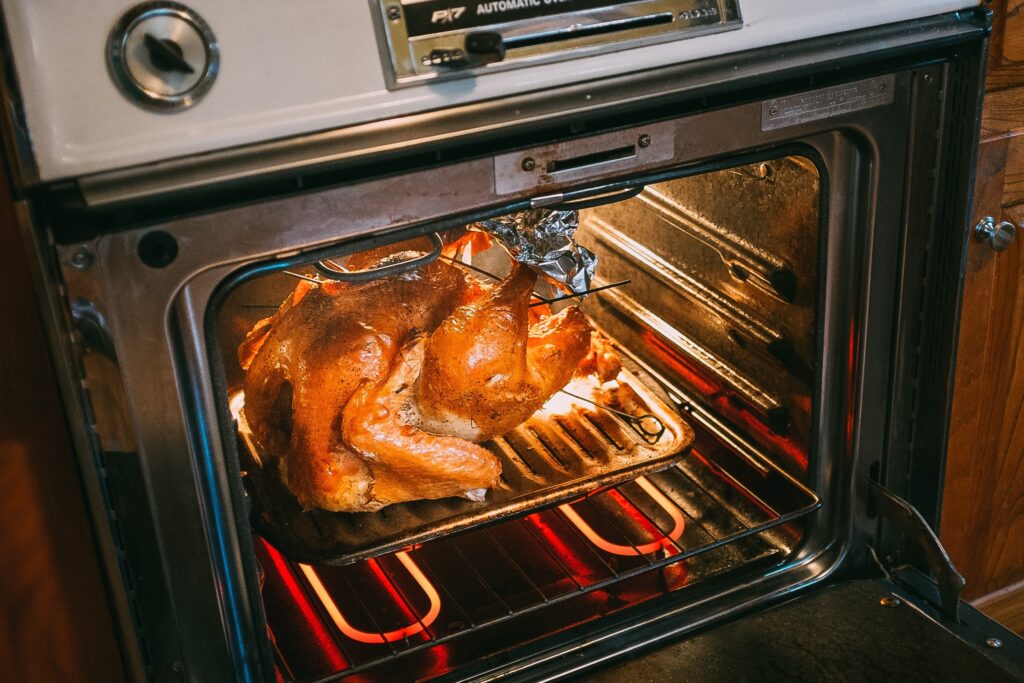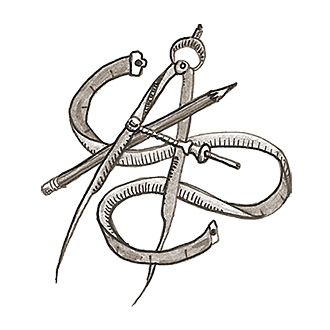Why Can't You Put Metal In The Microwave?

Dear reader, if you purchase through links on our site, we may earn a small affiliate commission to help support the blog - at no extra cost to you. And it never influences our product selection process. Thank you!
Have you ever wondered why you cannot put metal objects into the microwave oven? The answer lies in the way microwaves interact with metals. Microwave radiation has two types of waves: electric and magnetic. When these waves hit a piece of metal, they cause electrons within the metal to move around. This movement creates heat, which cooks food.
Microwaves are electromagnetic waves that travel through space at the speed of light. They are invisible and silent, and their energy comes from electricity or nuclear fission. These waves are used to cook food, warm drinks, defrost frozen foods, sterilize medical instruments, and even kill germs.
However, microwaves also pose some risks. If you accidentally place something metallic inside the microwave, the resulting sparks could start a fire. In addition, microwaves can damage certain materials such as plastics, paper, fabrics, and ceramics.
How Microwave Ovens Work
At its heart, a microwave oven is an At incredibly simple device: its magnet heart is coupled to the microwave oven’s high voltage and power incredibly supply. simple This device: magnet a generates magnet electromagnetic coupled radiation to (microwaves) a that high penetrate voltage the power food supply. placed This within the magnet that generates the oven. electromagnetic These radiation microwaves (microwaves) interact to penetrate the molecules food of placed within food, causing oven. These microwaves vibrate interact and rotate, thereby molecules generating heat. the Materials food, that causing work them well to vibrate and microwave rotate, include thereby water, generating ceramic, and heat. and Materials certain that plastics, work well all in convert microwave energy include into water, heat ceramic, rather and efficiently. certain On plastics, on the other hand, convert metals microwave are energy poor into absorbers heat of rather microwave efficiently. radiation, On so the other reflect hand, the metals waves are back poor out absorbers of the microwave oven. radiation, In so order they to reflect cook the something waves successfully back in out an of microwave, your oven. must be In place in the order for it to directly cook above something the successful magnet. in a microwave, you must place it directly above the magnet.
More Metal, More Problems
Microwave ovens work by heating objects through electromagnetic radiation. When an object absorbs microwaves, they heat up and start cooking. However, if the object is made of metal, it reflects microwaves rather than absorbing them. This causes the microwaves to bounce around the oven until they hit something else. Since the metal doesn’t absorb the microwaves, they keep bouncing around the oven until they eventually escape into space. This process heats up the metal, causing it to glow red hot. Eventually, the glowing metal gets so hot that it starts to burn, releasing large amounts of energy. This energy then travels back to the magnetron, where it damages it and renders the microwave unusable.
On a more mundane note, putting your food in a microwave with a regular spoon or a metallic plate may not cook it properly. In general, microwaving metal is dangerous—not because you are likely to suffer any physical injury (though in rare instances a fire can start) but because it could possibly damage your microwave. So just keep that in mind if you’re heating up your holiday leftovers.
Why can’t we put metal objects in a microwave?
It’s counterproductive to place a metal object It’s inside your microwave oven counterproductive if your place goal is metal to object cook the food. That’s microwave because oven microwaves if are your goal type, are of to energy cook that food. bounces That’s around because inside microwaves they are ovens, and type metals reflecting the energy that bounces waves. around When inside the waves oven, hit and the metal of the metal, reflect they those jump bouncing around waves. randomly, When potentially the causing waves damage hit the metal, oven they itself. jump So, around if randomly, you potentially want to cause to damage cook to food, the make oven sure itself. So, don’t if the place you want the metal to objects cooks inside food is your make microwave sure oven. you don’t place any metal objects inside your microwave oven.

You can use any type of metal to heat things up in the microwave.
Microwaves are great at heating food, but they also work well for other purposes. Can you guess what these uses might be?
Microwave ovens are very useful appliances. They cook food faster than conventional cooking methods, and they don’t require much attention from the user. The downside is that microwaves aren’t good at heating large objects or thick foods.
There are several ways to get around this problem. For example, you can use a microwave-safe container such as a glass bowl or plastic bag. Or you can wrap the item in aluminum foil before placing it inside the microwave.

Some metals absorb more energy than others.
What makes some materials better at absorbing heat What or cold than makes others? some And materials why better does at this absorbing matter?
Are heat or Metals cold are than essential others? components And why our does modern this lives. matter?
They are Metals used in essential cars, components planes, buildings, our appliances, modern electronics, and live. and They even our clothing. used In addition, to cars, planes, buildings, also appliances, used electronics, and medicine, even food clothing. packaging, In addition, to other industries. is also, Metals used are often in medicine, categorized food into packaging, two groups: other conductors industries.
(like copper) Metals are insulators often (like categorized glass). into Insulating two materials groups: don’t conductors allow (like electricity copper) to flow insulators through (like the glass)? easily, Insulating whereas materials conducting don’t materials allow so. electricity This means flow that through insulators stores easily, heat whereas conducting conductors materials release do. it. This means that insulators store heat and conductors release it.
Aluminum absorbs less energy than stainless steel.
Stainless steel has long been considered the material of choice for kitchenware because of its durability and resistance to corrosion. But aluminum might be better at keeping food hot or cold longer. Is it true?
Aluminum is a lightweight metal that’s often used in cookware. It’s also inexpensive and easy to recycle. Stainless steel, however, is much heavier and harder to recycle.
Both materials are good choices for cooking utensils. The key difference between them is their thermal conductivity. This means they both transfer heat well, but aluminum conducts heat faster than stainless steel. That makes aluminum ideal for heating pans and other items that require quick heat transfers.
Final thought
Microwaves heat up food by using electromagnetic radiation. The microwaves cause molecules inside the food to vibrate rapidly, which causes the molecules to become hot. However, metals like aluminum and copper cannot absorb energy from microwaves. They simply reflect the waves back out. Therefore, you cannot use a metal container in a microwave oven.
- Kitchen Knives - May 3, 2024
- Top 10 Best kitchen egg cooker [High Quality] - May 3, 2024
- Top 10 Best cutting boards for kitchen [High Quality] - May 1, 2024
